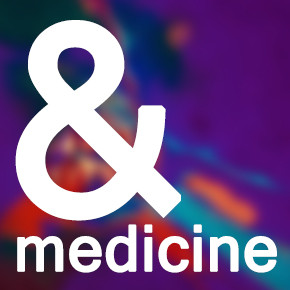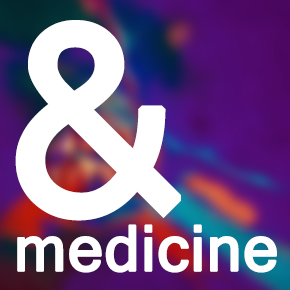 Article by Bryce McKee | “&Medicine” curated by editor Vikas Bhatt
Article by Bryce McKee | “&Medicine” curated by editor Vikas Bhatt
Between my first and second years of medical school, I was fortunate to receive the AMPATH Slemenda Scholarship. This scholarship allowed me to experience medicine firsthand in the global health arena as I worked in Eldoret, Kenya. AMPATH (Academic Model Providing Access to Healthcare) is a consortium of North American and Kenyan academic institutions working together to improve health care delivery to a catchment area of 3.5 million people. I spent eight and a half weeks working alongside my Kenyan counterparts as well as fellow North American faculty, clinicians and students learning about how medicine is practiced in these areas and how the presence of limited resources challenges the medical establishment in Kenya.
One example of how AMPATH has reacted to the challenge of limited resources is through the creation of community revolving fund pharmacies (CRFP). These pharmacies are separate from the Ministry of Health (MOH) pharmacies, which frequently stock-out of certain vital medications, but are located at the same regional health centers as a way to ensure secure access to needed prescription medications. CRFP pharmacies charge a slightly higher price to patients than the MOH pharmacy but secure the medications separately and thus are rarely out of stock. The couple of extra cents that the CRFPs make with each prescription is used to pay the staff working at the pharmacy a living wage and also goes towards funding additional CRFPs around the catchment area. Providing medication certainty is invaluable to a population that suffers from disease states that are not amenable to sporadic treatment like tuberculosis and diabetes.
Since inception, AMPATH has focused its efforts on creating programs that work to empower the Kenyan students, physicians and patients. Those who started the program understood that health care in a resource-limited country such as Kenya (and really anywhere in the world) does not work by simply providing drug therapy to an ailing patient or surgery to someone with acute appendicitis. Rather, it truly works only when patients are treated medically, fed adequately and given the tools to become self-sufficient. AMPATH currently works to provide patients with access to all of these important resources. The program delivers primary care services, improves maternal and child health, cares for and treats HIV/AIDS patients, fights hunger and improves health care infrastructure.
During my time with AMPATH, I was exposed to the different aspects of the work that was done in Kenya, from rounding on the wards to working a day on the AMPATH demonstration farm. I spent the greatest amount of time working alongside Kenyan students on a research project tracking diabetes control in pediatric patients with Type I diabetes.
I also had the opportunity to work with an occupational therapist who was working with a nonverbal child with cerebral palsy to find a way to help her communicate effectively through the use of an augmentative and alternative communication device. An iPad device was secured by private sponsorship for the child and we worked with a communication application program to allow her to help control her environment and interactions through communication with the device. While I worked with her, I watched in amazement as her vocabulary increased from 20 words to over 123 words in just four weeks; it was clear that the limiting factor was our ability to add vocabulary fast enough and not her ability to understand and use it. Her inspirational drive led a group of us to write a grant proposal to try to start a neurodevelopmental clinic at Moi Teaching and Referral Hospital. While the grant we wrote failed to garner funding, this child has inspired many of the health care professionals in Kenya to think twice about the abilities of those with neurodevelopmental delays and how best to serve this population.
The trip taught me much about the importance of access to health care for everyone. Seeing patients with cancer so advanced that they could barely walk into the clinics underscores the importance of preventative care and not just acute care. It motivates me to be a great patient educator and has strengthened my resolve to become a general practitioner. It is not enough to just treat illnesses however. By gaining an understanding of the complexities of a community’s social, economic and cultural situation, one can facilitate a holistic health care model that can become self-sustaining and that can do the most good with the fewest resources by empowering native people.
&Medicine delves into the applications of medicine in other disciplines: public health, pharmaceuticals, business, law, art, politics, food, history, philosophy, any pursuit outside of medicine. It is a collection of medical student work that bridges the gap between medicine and the world around us.


